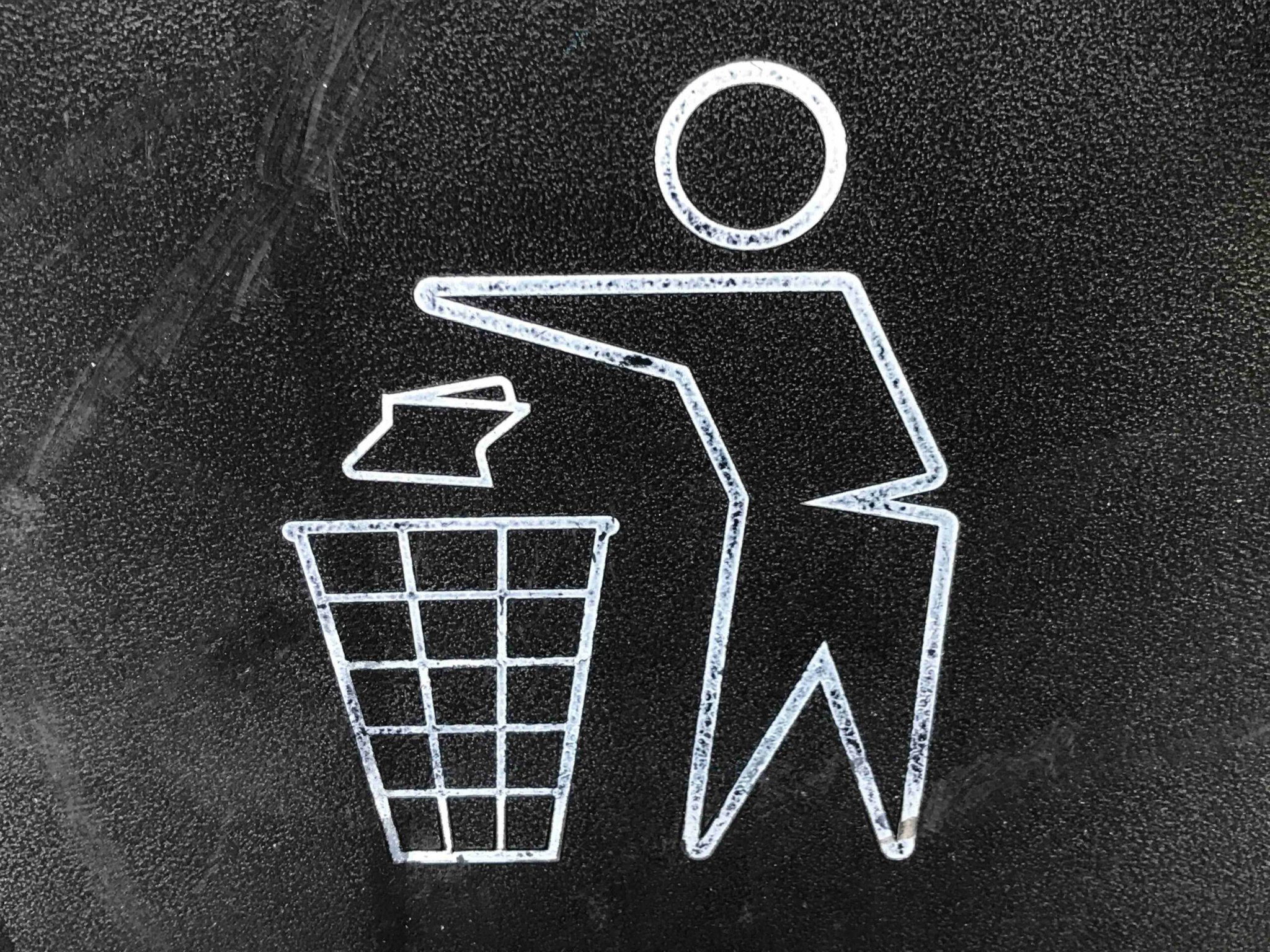

Nearly 30 pounds of old crayons from all over the country land on Kim Martonosi’s doorstep every day. With the help of her kids, she sorts the worn and broken wax sticks by color, melts the bins of blue-greys and light greens and pinks down to a gooey swirl, and shapes the new creations into stars and earthworms and simple sticks. Over the past 25 years, Martonosi’s business, Crazy Crayons, has salvaged just over 120,000 pounds of colorful wax, the equivalent of about 12 million new coloring tools.
You probably know that you can’t put broken crayons in the recycling bin—after all, they’re made from petroleum-derived paraffin wax, not plastic or paper or metal. But you can grant them new lives by sending them to Martonosi. And crayons aren’t the only random hard-to-recycle objects that you can rescue from the landfill.
Like Martonosi, most of the people responsible for unusual recycling function independently of the government, and their policies vary a lot. Some of these companies require that you pay for shipping costs, while others offer their services free of charge. (Even if you don’t have to pony up, we recommend that you consolidate your junk into as few shipments as possible, so you don’t use more resources sending it on its way.) Here are five everyday items you never knew you could recycle.
1. Toothbrushes

Don’t worry, no one is going to put your old toothbrush in their mouth. But a recycling program called TerraCycle, working with the Colgate brand, can transform your old oral-care items—squeezed-out toothpaste tubes, empty floss containers, battered toothbrushes, and all their packaging—into new plastic products.
Once you register online, Terracycle will email you a shipping label. Slap it on a package of your tooth-cleaning leftovers to dispose of them, free of charge. Even though Colgate sponsors the program, you can send in any brand of oral hygiene products.
2. Sneakers

When you buy a new pair of athletic shoes, don’t trash your old ones—many local organizations, such as It’s from the Sole, accept donated footwear. To find a good home for your former kicks, check out Soles for Shoes.
If your sneakers are well and truly busted, you don’t want to pawn them off on a new owner. In that case, transport them to a new life as part of a floor surface for other soles to stomp all over. As part of their Reuse-A-Shoe program, Nike has collected more than 28 million pairs of athletic shoes since the 1990s. The footwear giant partners with other companies to turn your destroyed footwear into track surfaces, basketball courts, and playgrounds. To take advantage of this program, you can drop off your old sneakers at a Nike or Converse store with a collection bin. If you don’t live near a store, Reuse-A-Shoe lets you mail your pairs to the Nike recycling facility in Belgium—but you’ll have to pay for shipping.
And Nike isn’t the only shoemaker in the recycling game. You can also unload your worn-out footwear at certain Asics stores. That company has partnered with a recycling company called I:CO to transform your junk sneakers into new products—like soles for fresh shoes.
3. Eyewear

Your prescription glasses aim to improve your specific vision problems. But if you pop the lenses out of your old pair, you can recycle the metal or plastic frames (in most neighborhoods—check your local recycling guidelines). If your specs are in pretty good shape, you can do even better: Send them to an organization for visually-impaired people who can’t afford their own glasses.
New Eyes will send your glasses overseas with medical missions and international nonprofits. You’ll have to pay for shipping, but the cost is tax-deductible.
Respectacle partners with the Lions Club to distribute glasses in the United States. They create a catalog from pairs you donate and will ship them to someone in need of a similar prescription. You can drop off your glasses at a collection center or send them to the Respectacle headquarters in Minnesota, but you’ll have to pay for shipping.
There’s also OneSight, which won’t donate your glasses directly to another recipient. Instead, they’ll use the proceeds from the recycled materials to pay for a brand new pair for another patient. You can drop off your old specs at participating LensCrafters, Sears Optical, or Pearle Vision stores.
Even if you wear contacts, you shouldn’t toss old lenses down the drain. Instead, you can mail the tiny circles and their packaging to Bausch for free recycling. That way the plastic waste that was floating on your eyeball won’t end up floating in the ocean.
4. Tennis balls

If you have more tennis balls than your dog could ever fetch, you can mail them to RecycleBalls. This company strips the orbs of their felt and turns them into the rubber crumb that pads tennis courts and playground surfaces. Truckloads of close to 20,000 balls arrive at their Vermont offices each week, shipped from tennis clubs and individuals across the country.
You’ll need a stockpile of at least a hundred tennis balls before you can turn in your waste. So you may want to pool resources with your neighbors or your local club before shipping them to the recycler. The company asks for a $15 donation with every box, but if cost is a barrier, you can fill out a financial aid form.
5. Crayons

And we haven’t forgotten crayons: Send your crumbled old art supplies to the National Crayon Recycle Program in Colorado, which collects the materials for Crazy Crayons.
Alternatively, you could mail them to The Crayon Initiative in California, which melts down old crayons and sends the new batch to children’s hospitals across the country. Both organizations require that you buy your own postage for your box of colorful goods.
The colossus of crayons, Crayola itself, doesn’t have a recycling program for its waxy sticks. However, the company does accept used markers from school-wide recycling programs.
